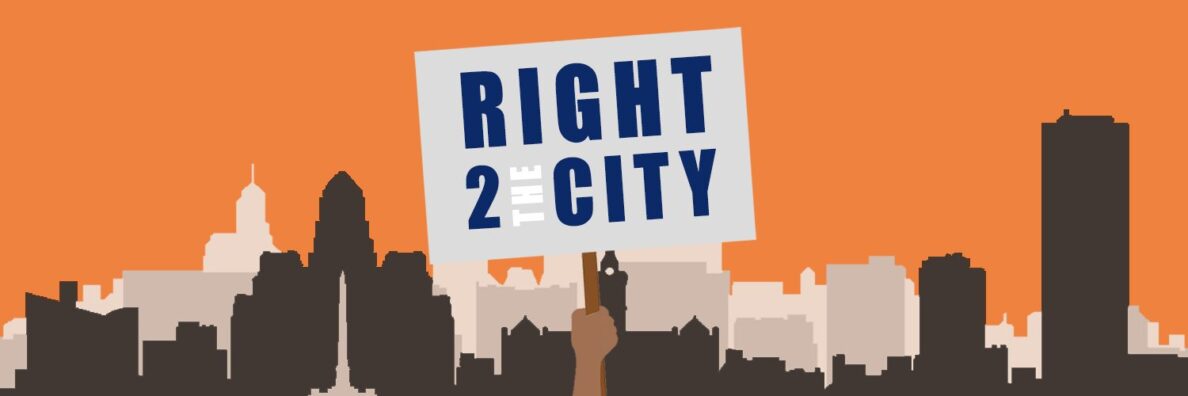The pandemic is exacerbating a brewing crisis in low-income communities.
By Deena Zaru, May 1, 2020
Reposted from ABC News
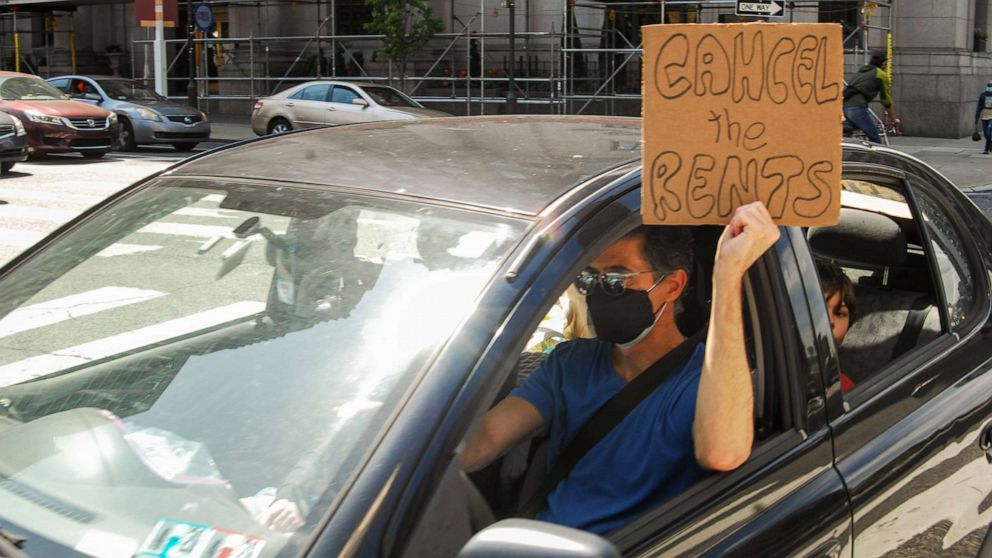
The first of the month is daunting for many low and middle-income Americans who will be struggling to pay their rent for the second time since the coronavirus pandemic essentially shut down the U.S. economy.
More than 30 million Americans have filed for unemployment insurance since the COVID-19 crisis hit the U.S. in March, and despite a range of temporary federal and state eviction moratoriums, some Americans are still being served eviction notices amid a public health crisis that requires many people to stay at home.
Henry Louis Taylor, Jr., a professor of urban and regional planning at the University of Buffalo, said that federal and statewide eviction moratoriums are based on COVID-19 timetables that are “too short” and don’t consider predictions from medical experts that the pandemic could persist into the fall and beyond, as public health officials have suggested.
The biggest issue is that rents won’t widely be forgiven or frozen, although several states are offering renters assistance.
“When that rent is due, these low-income groups are simply not going to have that type of cash to pay the landlord,” he said. “So, I anticipate in areas where there are high residential demands … you’re going to see mass evictions, and a lot of people are going to be permanently displaced.”
When tenants can’t pay rent, there is a ripple effect, especially on the millions of “mom and pop” landlords who rely on the income and may not be able to continue renting — thus deepening the crisis. In April, an estimated 91.5% of renters paid full or partial rents, according to the National Multifamily Housing Council, down from 95.6% at the same time last year.
Affordable housing advocates warn that without a unified federal response that provides rental assistance to stop the eviction process, there could be a significant spike in homelessness and displacement once the moratoriums expire — and some already have.
Limitations of federal protections
President Donald Trump declared COVID-19 a national emergency on March 13 and later that month, the Department of Housing and Urban Development (HUD) announced a 60-day foreclosure and eviction moratorium for single-family properties insured by the Federal Housing Administration, including renters and owners.
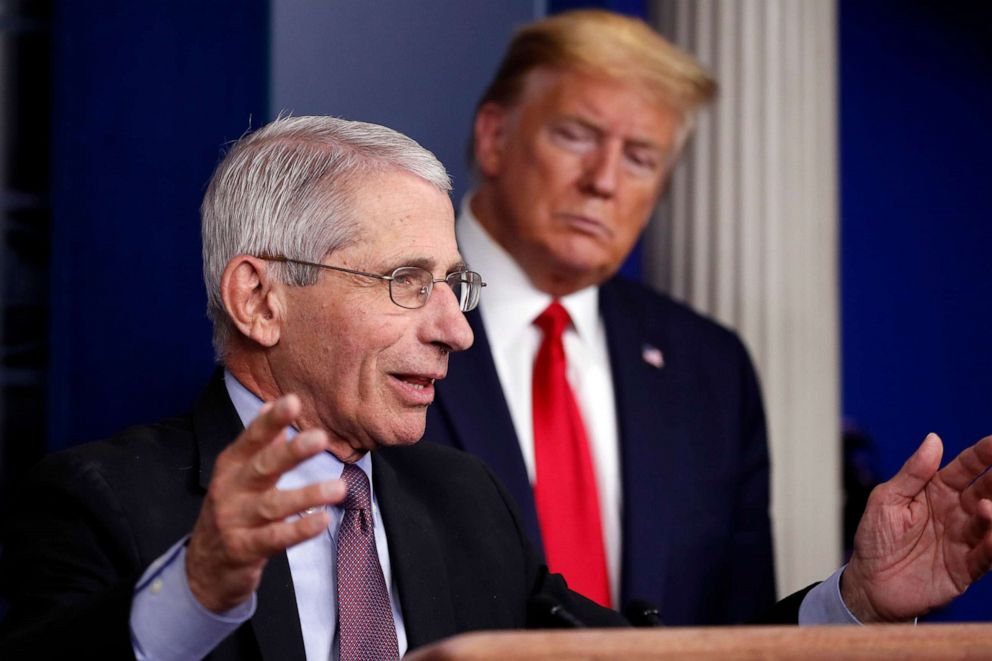
The federal coronavirus relief package or the CARES Act, which was signed into law on March 27, extended some protections by establishing “a 120-day moratorium on eviction proceedings and fees, penalties, and other charges related to the nonpayment of rent with respect to certain federally assisted housing.”
“If you’re residing in ANY property that receives HUD assistance-including funds from a HUD grant or grantee — or that has an FHA-insured mortgage, you cannot be evicted from your rental home right now. And if you’re a Single Family homeowner with an FHA-insured mortgage, your mortgage servicer will not start or complete any foreclosure or eviction proceedings against you,” a senior HUD official told ABC News on Wednesday.
Diane Yentel, President and CEO of the National Low Income Housing Coalition (NLIHC), said that the federal moratorium is “a big step forward,” but it does not apply to the majority of renters, who are relying on individual states to determine whether they will receive relief or protections.
According to data from the 2017 American Housing Survey, the latest available, there are roughly 43.9 million occupied rental units in the U.S., but a report released by the Congressional Research Service (CRS) earlier this month shows that only 12.3 million of those units have federally backed financing, about 28%. In addition, there are “more than 2 million housing vouchers” and “approximately 5 million federally assisted rental units,” which are also covered by the CARES Act.
According to the CRS, the CARES Act “does not address how landlords can respond to missed payments after the moratorium ends” on July 24.
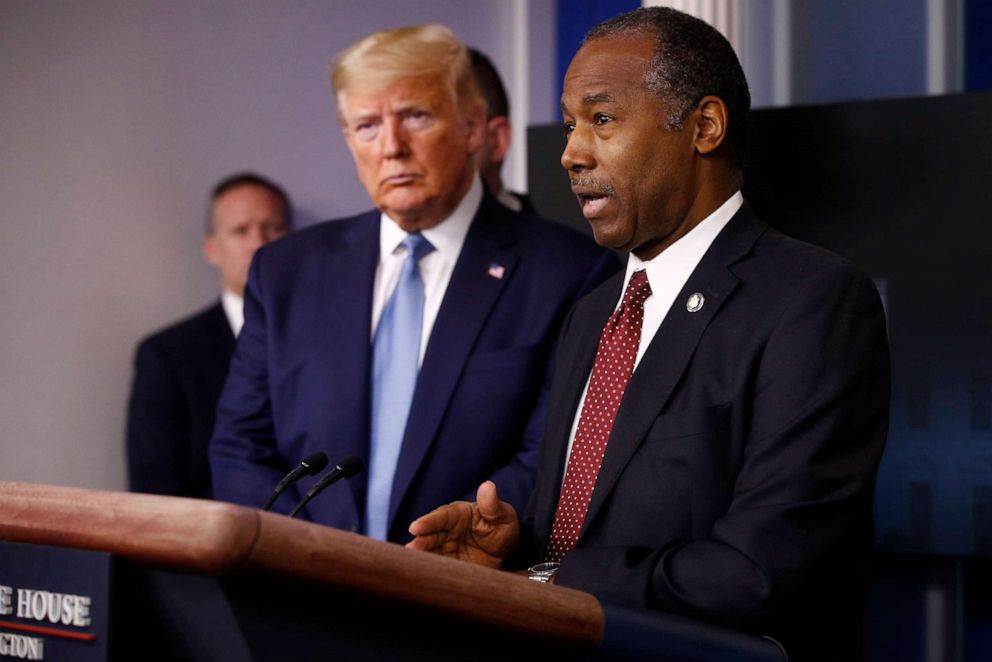
“I think that we are going to see a major spike in evictions and in the mounting housing crisis, just as the curve starts to flatten with the pandemic,” Emily Benfer, a professor of clinical law and the director of Columbia University’s Health Justice Advocacy Clinic, told ABC News.
“We don’t have the necessary federal or state support to provide for housing stabilization, which is so critical right now. These costs should not be pushed onto landlords because that will only create a greater crisis and will result in both landlords and tenants sliding down the socioeconomic scale,” she added.
NLIHC is calling for “a uniform national moratorium on evictions and foreclosures” and an additional “100 billion dollars in rental assistance” appropriated through Congress to help families pay their rent, so that “we don’t have a rash of evictions, and potentially a spike in homelessness,” Yentel said.
“It’s also important because many small landlords cannot continue to maintain and operate their properties without rental income coming in, so we want to make sure that we’re not ending this crisis with having saddled more low-income renters with debt,” she added.
About 22.7 million rental units in 2015 were “owned by individual investors” or “mom and pop” landlords, according to HUD.
Limitations of state protections
Although more than 30 states have extended federal protections through executive orders or state supreme court rulings, “the patchwork approach” is leading to “confusion” and leaving many without protections, Benfer said.
In partnership with Princeton University’s The Eviction Lab, Benfer developed a policy scorecard for each state’s response to the housing crisis. States that score the highest are those that have dedicated funds for rental assistance to stop the eviction process from happening, while states with the lowest scores have not taken statewide action and left it up to local discretion.
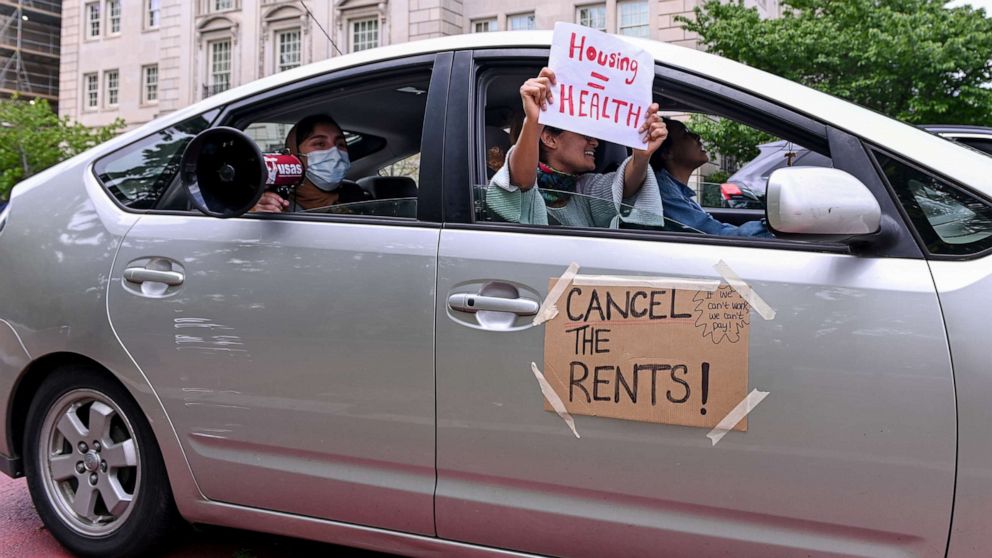
Statewide measures related to evictions fall in three main categories, she explained:
According to the analysis, only 25 percent of states have frozen the initiation of the eviction process, which stops a landlord from filing a case or giving notice to a tenant. Meanwhile, 45 percent of states have temporarily suspended eviction hearings in the courts, but only 36 percent have frozen the enforcement of eviction orders.
“What this means is that all of those tenants at the end of this crisis will have, you know, what we call this ‘Scarlet E’ on their record, that just the mere existence of an eviction filing can have a detrimental impact on credit scores and on the ability of people to find safe and secure housing in the future,” Benfer said.
Advocates say that evictions are still happening, but it is hard to know the true number because a large number of them don’t go through the court system.
According to the Eviction Lab analysis, only four states seal eviction records: Nevada, Minnesota, Oregon and California.

Tim Franzen, the director of American Friends Service Committee’s Housing Justice League in Atlanta told ABC News that the community-run organization launched a new coronavirus housing insecurity hotline and it has been flooded with hundreds of calls from working-class families who are struggling to make payments and expressing confusion about whether their property is included in CARES Act protections.
“We’re getting just tons and tons of calls every day and we’re working with landlords and renters but people are very scared,” Franzen said, adding that some have not been able to pay their rent while others have been urging their landlords to accept partial payments.
Georgia is one of eight states — along with Arkansas, Idaho, Missouri, North Dakota, South Dakota, Wyoming and Oklahoma — that have not implemented any statewide orders that would suspend evictions and foreclosures during the pandemic, according to The Eviction Lab.
Meanwhile, only eight states — Colorado, Ohio, Arizona, Maine, Montana, Nevada, Delaware and Massachusetts — have implemented “a formal plan and funding to provide rental assistance to tenants so that they can make the rent,” according to Benfer.
There was an affordable housing crisis before COVID-19
Even before the coronavirus pandemic, housing advocates were already grappling with a shortage of affordable housing in cities across the country, which has been leading to widespread gentrification in low-income communities — from Washington, D.C., to Atlanta.
According to Yentel, “there is no community in the country that has a sufficient number of homes for its lowest-income renters,” and the NLIHC estimates that “for every 100 of the lowest income renters, there are just 37 homes, affordable and available to them.”
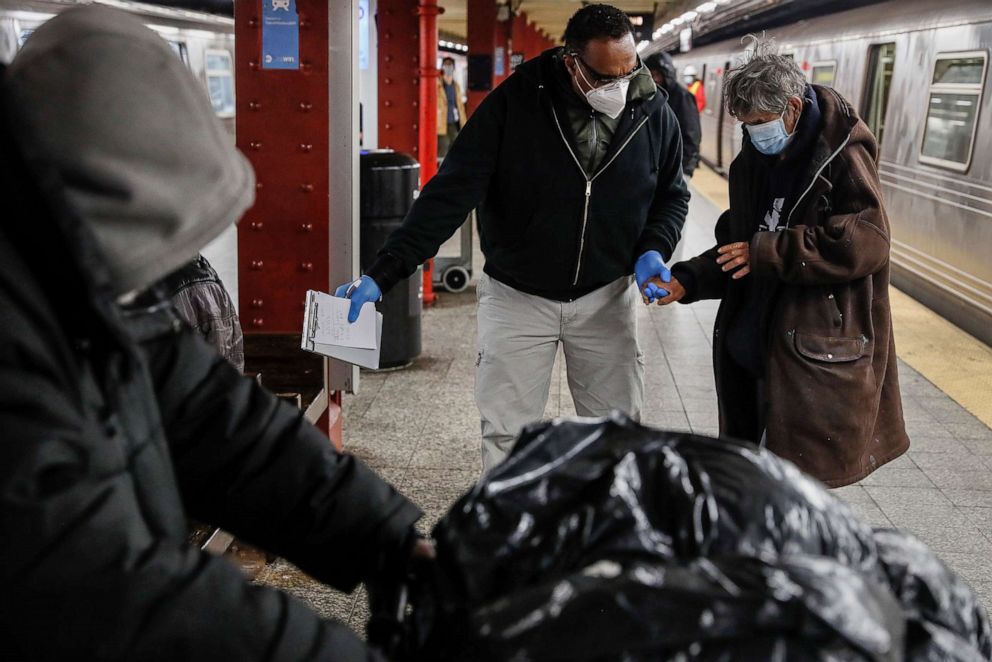
“We were already in a major crisis before [the coronavirus pandemic] and were losing our fight to preserve existing affordable housing stock,” Franzen said, adding that in Atlanta the overwhelming majority of properties built since 2012 have been in the “luxury bracket,” while the city has continued to lose about 5 percent of its affordable housing each year.
A 2017 Pew Research Center analysis of Census Bureau housing data shows that the rental rate in the U.S. grew following the 2008 financial crisis and “more U.S. households are headed by renters than at any point since at least 1965,” at about 37 percent.
The analysis also reveals racial disparities. Although renter rates have grown among white and middle-aged adults, who are historically less likely to rent, adults 35 and younger are most likely to rent, while “black and Hispanic households continue to be about twice as likely as white households to rent their homes,” the analysis shows.
The U.S. is increasingly becoming “a renter society,” Taylor said, and the pandemic will have a “huge” impact on gentrification and will be “devastating” for communities with “a high concentration of people of color and millennials,” who are living paycheck to paycheck.
“This crisis has created a situation that has really brought the question of housing to the forefront: Is housing a right? Or is it a privilege?” he added. “And if it is a right, rather than a privilege, what is the responsibility of government to protecting those individuals who fall on hard times?”
